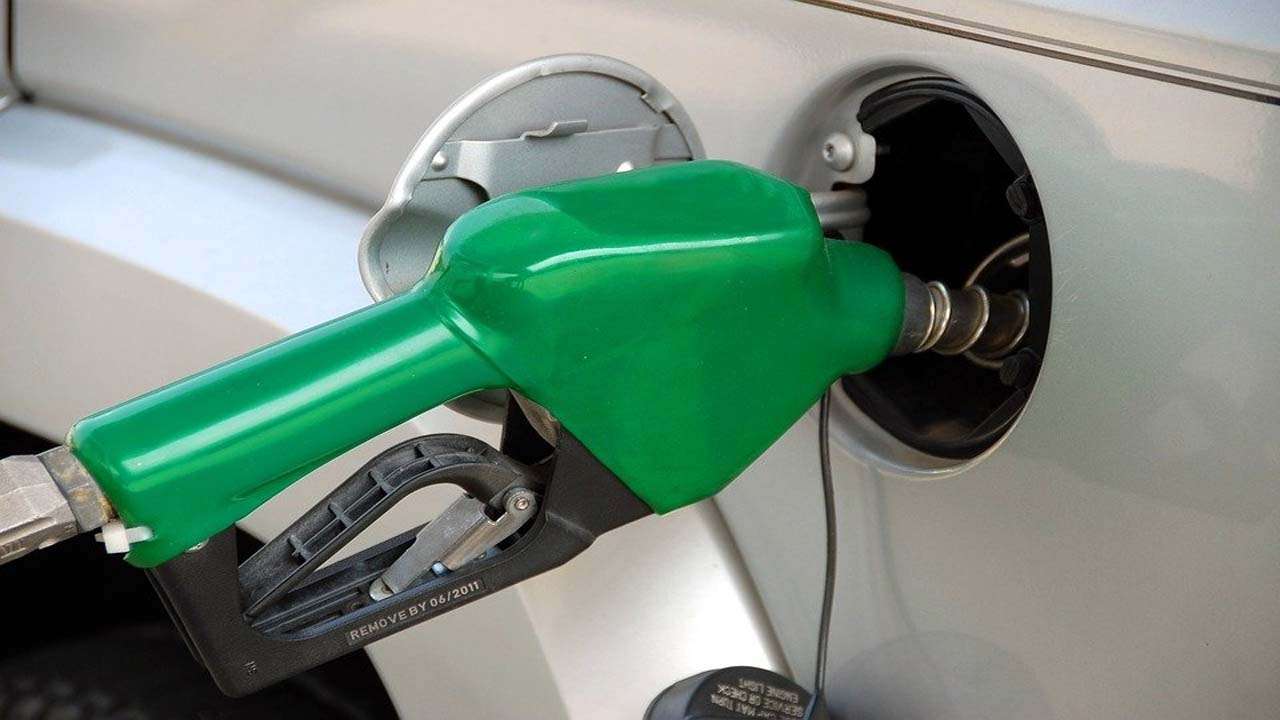
As Fuel prices continue to climb beyond $3 a gallon this summer, you might be thinking about ways to offset your monthly fuel expenses. With costs expected to climb further—possibly past $3.30 before we reach fall—it looks like won’t see relief anytime soon. In the meantime, we have some tips that might help ease the pain at the pump a bit.
1# Use apps to find cheap gas (Fuel) in your area
Both GasBuddy and Gas Guru can help you find the cheapest gas in your area by showing you real-time prices at gas stations nearby. GasBuddy also has a free gas card that works at 95% of gas stations, and it includes deals that can save you up to 25¢ per gallon. Another option is to search “gas stations” in Google Maps, which includes current gas prices for each station in its search results.
2# Stop using premium gas (Fuel)
Advances in engine technology mean that a car can run on regular gas without damaging the engine in any way—even if the car manual recommends it, per the online auto resource Edmunds. The trade-off is that your car might be a bit slower accelerating, but accelerating also wastes gas, so why do that?
3# Enroll in a gas rewards programs
Both gas station loyalty cards and rewards credit cards offer discounts that can knock off a few cents per gallon. Bankrate has a good overview of loyalty cards, and Nerdwallet covers credit cards that offer rewards for gas purchases. Also consider gas rewards offered by grocery store chains, as you can earn points based on groceries (a recurring, predictable expense) to offset the cost of fuel. Kroger has a good program where 1,000 points ($1000 in grocery spending) qualifies you for $1 off each gallon of fuel purchased in one fill-up.
4# Keep your car tires properly inflated
Under-inflated tires have a negative effect on your vehicle’s fuel efficiency. Per the U.S. Department of Energy, proper tire inflation can help improve your gas mileage by up to 3%. To find out what your tire’s proper pressure level (or PSI) should be, check your owner’s manual or the sticker on your vehicle’s door jamb.
5# Drive with fuel efficiency in mind
Small changes in your driving habits can make a big difference in how much gas you use. One way to do that is by optimizing your routes so that you drive less overall. Another is by idling your car for no more than a few seconds. Above all else, lay off the accelerator as much as you can, either by avoiding speeding or gently pressing the gas pedal at green lights.
6# Carpool (if you can)
This one is obvious, but if you can find a way to carpool to work or school, you’ll definitely save money on gas. Based on the average car’s fuel efficiency of 25 miles per gallon, a single round trip that covers 20 miles will cost you about $5. If you carpool regularly—say, five times a week—you’d save $25 on gas even if you split the bill with another driver.
7# Drive less, and get some exercise instead
You probably own a car because you need it, so I’m risking some eye rolls by suggesting you drive less, especially if you live in a sprawling area with limited transit alternatives. However, if your habit is to take short, walkable trips with your car, consider using gas prices as an excuse to get more exercise. It’s good for you and your wallet.
